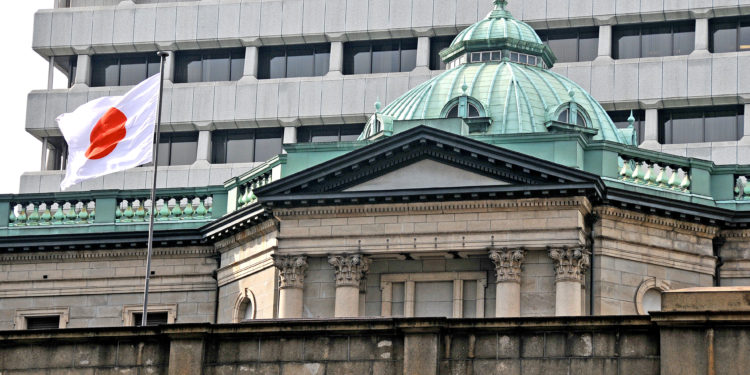Japan’s recent decision to exit negative interest rates signifies a pivotal moment for its economy, marking a departure from a longstanding policy.
The Bank of Japan (BoJ) has shifted its monetary policy stance, reflecting newfound confidence in the nation’s economic recovery and the effectiveness of its strategies against deflation. This move follows record wage hikes, indicating a strengthening economic cycle from income to spending.
Initially adopted to encourage lending and investment, the negative interest rate policy had unintended consequences such as reduced bank profits and diminished returns for savers.
By recommending the short-term interest rate to hover around 0% to 0.1%, the BoJ aims to cultivate a more conventional economic landscape where savings and investments can potentially yield better returns.
Japan’s cessation of negative interest rates also marks the end of a global economic era, as it was the last nation to move away from this unconventional monetary policy.
The BoJ’s decision responds not only to domestic economic shifts but also aligns with a global tendency towards normalizing interest rates amidst rising inflation rates and stabilized economic conditions.
The anticipated economic ramifications of Japan’s departure from negative interest rates are manifold. It is expected to prompt an increase in savings and fixed-income investment returns, potentially bolstering consumer spending and confidence.
Banks may witness enhanced profitability, leading to a more cautious lending approach and a slowdown in the rapid credit growth experienced during the negative rate era. Additionally, the shift may attract foreign investment, albeit with challenges such as heightened borrowing costs for businesses and individuals, which could temporarily dampen investment and spending.
Overall, the transition is perceived as a positive stride towards normalizing Japan’s monetary policy and fostering a more resilient economic environment.

















